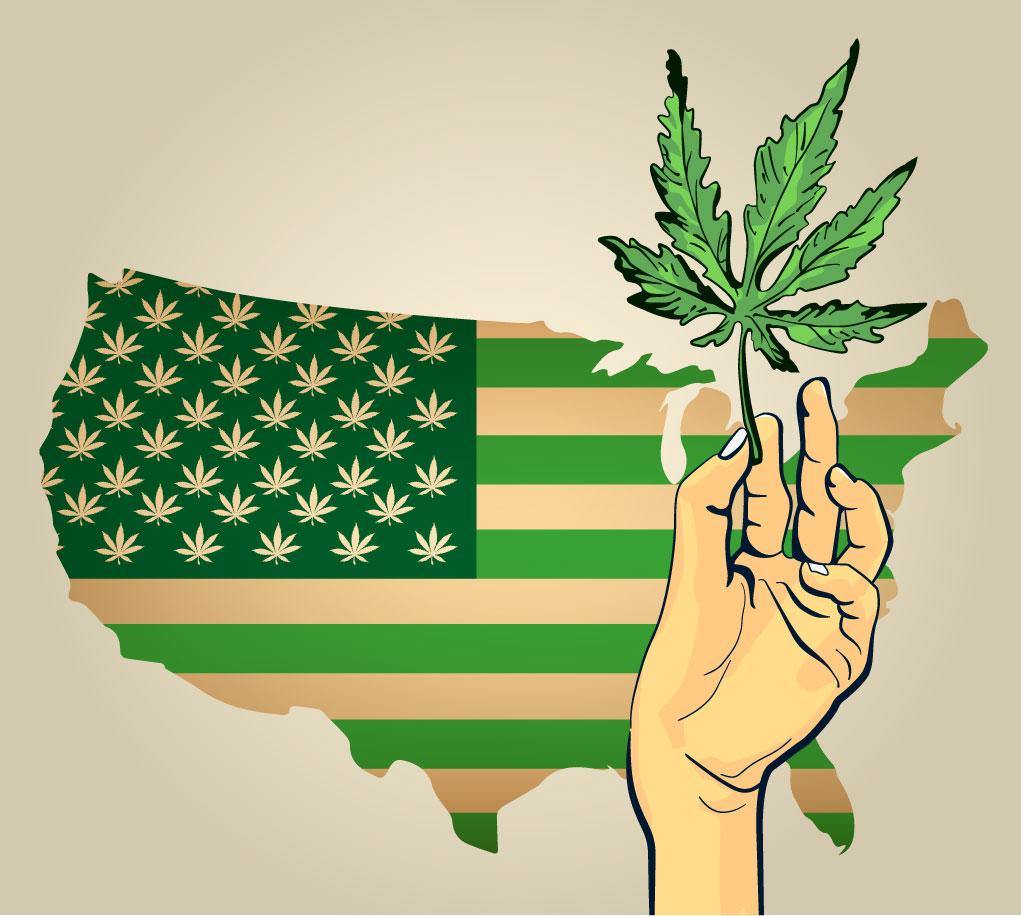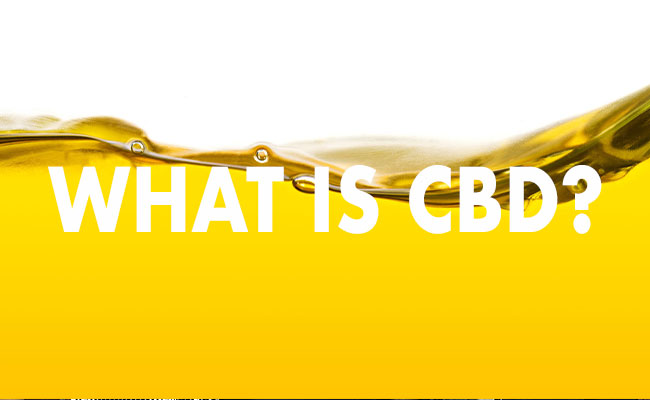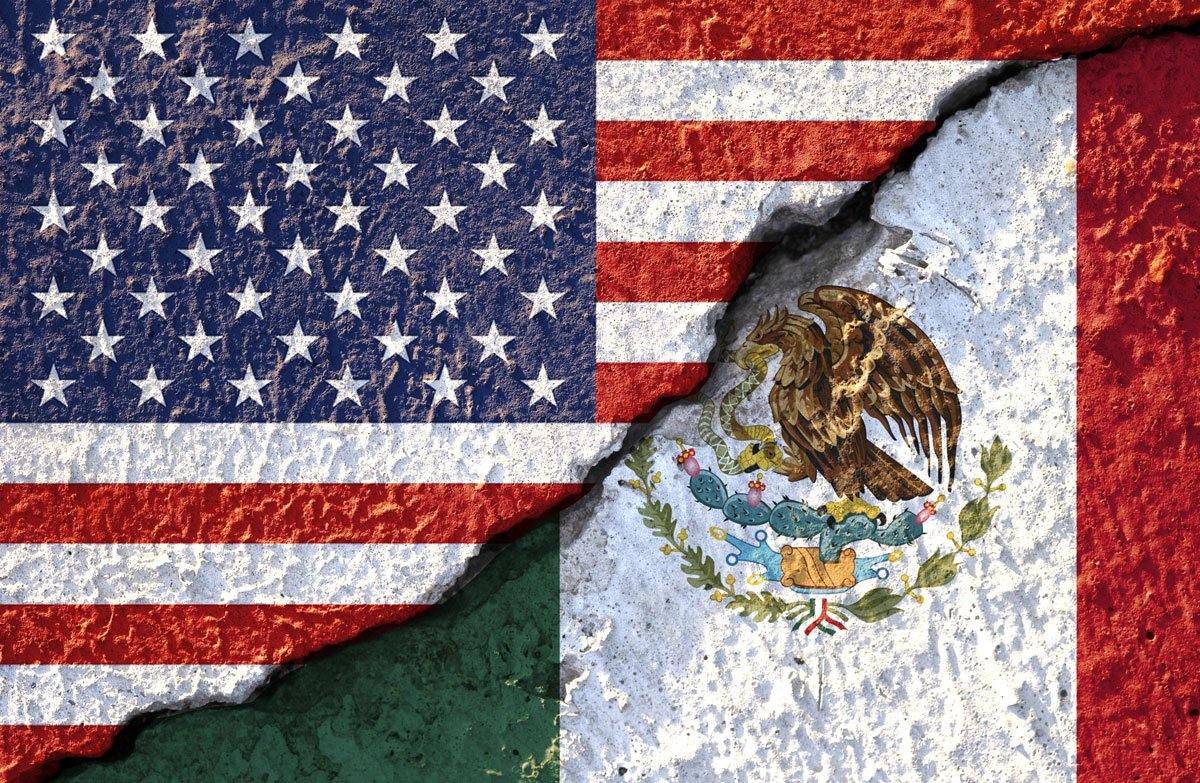Article: The History of Hemp | Part 1

The History of Hemp | Part 1
WRITTEN BY DAVINA KAONOHI
While decades of cannabis prohibition may lead you to believe that hemp and the therapeutic benefits of CBD are a more recent discovery, that is far from the truth. For thousands of years, hemp and cannabis were used as medicine, for textiles and fabrics, and were a major part of everyday life.
Did you know the United States in the even had a military video, Hemp for Victory?
Used For Over 10,000 Decades
Hemp and CBD has a long, rich history with mankind. Evidence of hemp cultivation was discovered in an ancient village in Taiwan dating back over 12,000 years. Historical experts suggest that cannabis was one of the first plant species to be grown in a controlled manner by humans initiated around 10,000-12,000 B.C. and recognize hemps seeds as one of the critical pieces in early human diet. It’s first uses were primarily as food, although ancient people also took advantage of both its fibers for the production of cloth and its medicinal properties to alleviate their ailments.
There is evidence of the different uses of hemp in China during the period between 6,000-8,000 B.C.. Researchers have also found indicators of the use of cannabis oil and seeds as food in the year 6000 B.C., and of its use as fiber to make textile products. The first recorded use of cannabis-derived medicine occurred around 2727 B.C., when Chinese Emperor Sheng Neng used a cannabis-infused tea to help with a variety of health ailments that included poor memory, malaria, and even gout. He was considered by many to be the father of Chinese medicine and believed that hemp had medicinal properties and could be used for a wide variety of ailments. Yeng authored a text known as the Pen Ts’u which is still used by practitioners of Chinese medicine. This was one of the first medical texts to make reference to the therapeutic benefits of cannabis.
The cultivation and usage of cannabis spread to the middle East around 2,000 B.C. and continued spreading into Russia. Zoroaster, who was an important religious figure in ancient Persia, classified it as one of the most important medicinal plants of 10,000 plants he studied in the year 700 B.C.. It continued to spread into Africa and from there into Europe as cultures realized the vast benefits and usage of this plant.
A Greek physician, Pedacius Dioscorides, would accompany the Romans on many of their military campaigns and would gather many of the plants he discovered in these foreign lands. He would study these plants for their potential therapeutic properties and complied his findings of over 600 different plants in a book known as the MATERIA MEDICA. This book referenced cannabis as one of the plants that held medical potential. In 563 A.D. a Portuguese physician, Garcia da Orta, made the first official reports of the medicinal benefits of cannabis/hemp/CBD.
The many uses of hemp
For the next thousand years the use of hemp and cannabis continued to be an integral part of life. As geographic cultures began to emerge; different types of people used cannabis for different types of things - both functional and medicinal. Viking explorers kept large stocks of hemp rope and hemp seeds wherever they went. Early Arabic cultures used hemp and cannabis to make paper and paper based products. The Italian military used hemp for the sails and ropes on their ships. The plant was used recreationally by Indians and Muslims as well. In 1150, the Muslims built the first paper mill in Europe; most of the paper manufactured over the next 850 years was made of cannabis.
In the 1500s, growing hemp was actually required by all farmers in England and was also a requirement for the developing colonies in the Americas. In fact, the first ships to make the voyage to the Americas had sails made from hemp. The cultivation of hemp became part of everyday life in the developing nation. In colonial America hemp was used for creating rope, clothing, and other materials.
With the continued use of Cannabis, physicians and scientists around the world continued to study this plant and its vast therapeutic properties. In 1565 Chinese physician, Li Shih-Chen, created the first report to document Cannabis in relation to antibiotic and anti-nausea effects.
In 1753, a Swedish Scientist gave hemp its scientific name, cannabis sativa, when he used it as an ingredient in a medicine to treat gastrointestinal issues. Throughout the 1800's the use of cannabis in medicine was very common. Queen Victoria used CBD-rich cannabis for menstrual cramps. As more people discovered and supported the medicinal benefits of CBD and hemp, cannabis was added to the United States Pharmacopoeia list in 1850.
The beginning of the end
So you may be asking, how did we get to Prohibition when for thousand of years the many uses of Cannabis, Hemp and CBD was recognized? Unfortunately, things started to get really political in regards to cannabis/hemp/CBD. Corporations began to see cannabis as a threat to their profits. Politicians and lawmakers saw cannabis as an opportunity to use it as a tool for creating racism and injustice.
To be continued...










